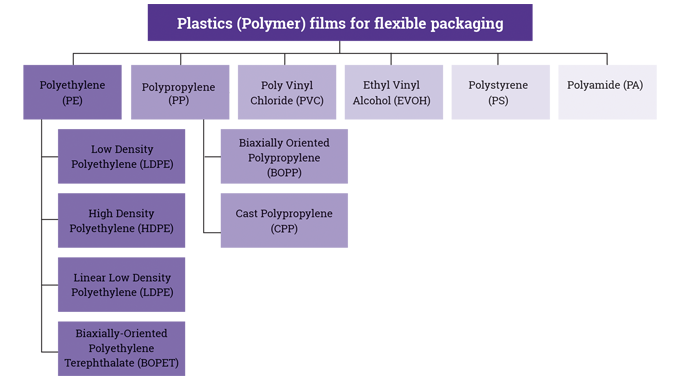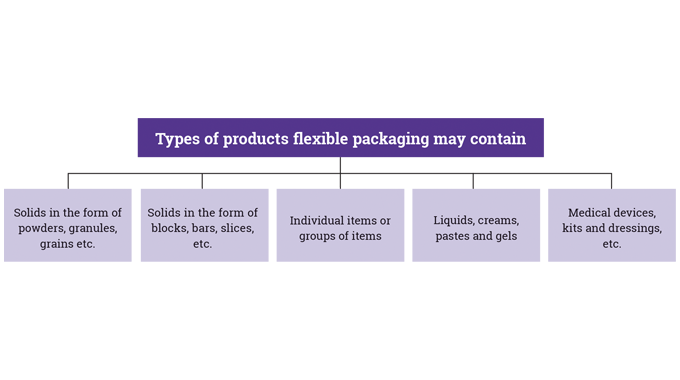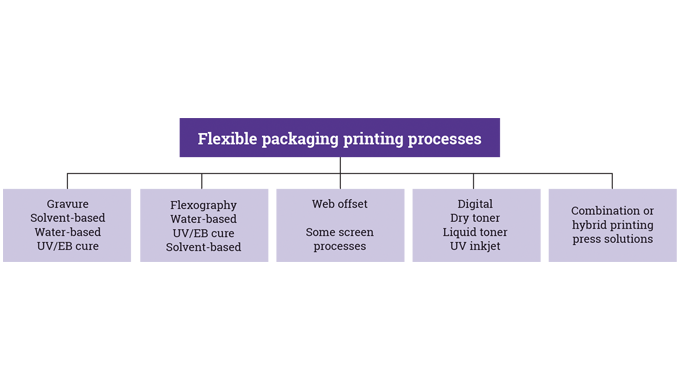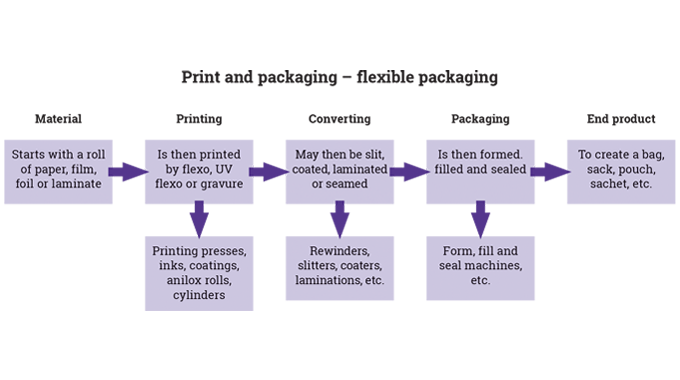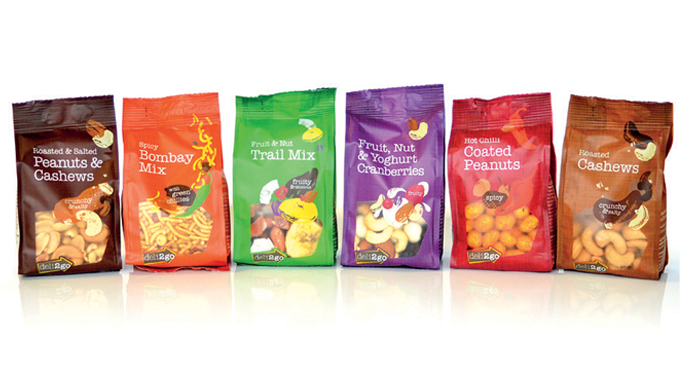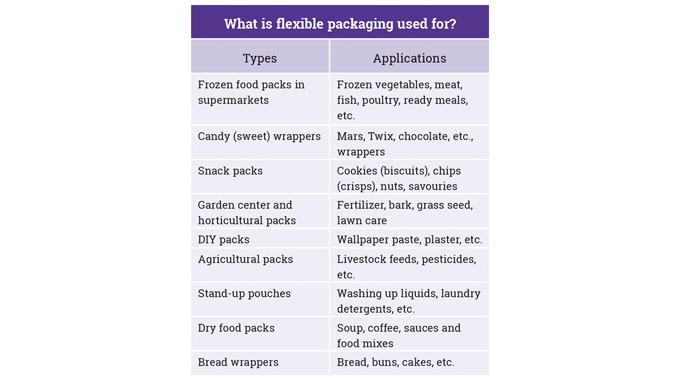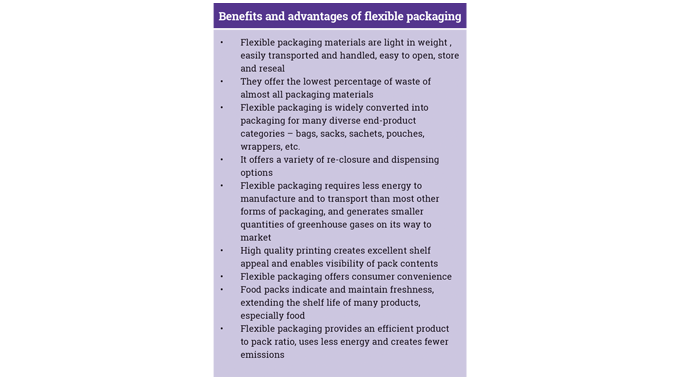★You are viewing this content as a subscriber
★Subscribers only
Flexible packaging: an introduction
A label converter's first step into flexible packaging means understanding the market
Flexible packaging is not new. It has been used for many different packaging applications, using a range of flexible packaging substrates and printing technologies, for well over 150 years and, today, is one of the fastest growing of all the printing and packaging processes. End uses can be found throughout the consumer retail products, industrial, agricultural, shipping, health and personal care, confectionery and frozen food sectors.
Perhaps best defined as packaging that is designed to hold products, goods, solids, liquids or powders and which is flexible in format, has no defined fixed shape and can be readily or easily changed, flexible packaging is usually supplied on rolls ready for an end-user or packer to form (into a tube, sachet or pouch, etc.), fill and seal (or close) at one or both ends, or to wraparound products.
Stay up to date
Subscribe to the free Label News newsletter and receive the latest content every week. We'll never share your email address.

